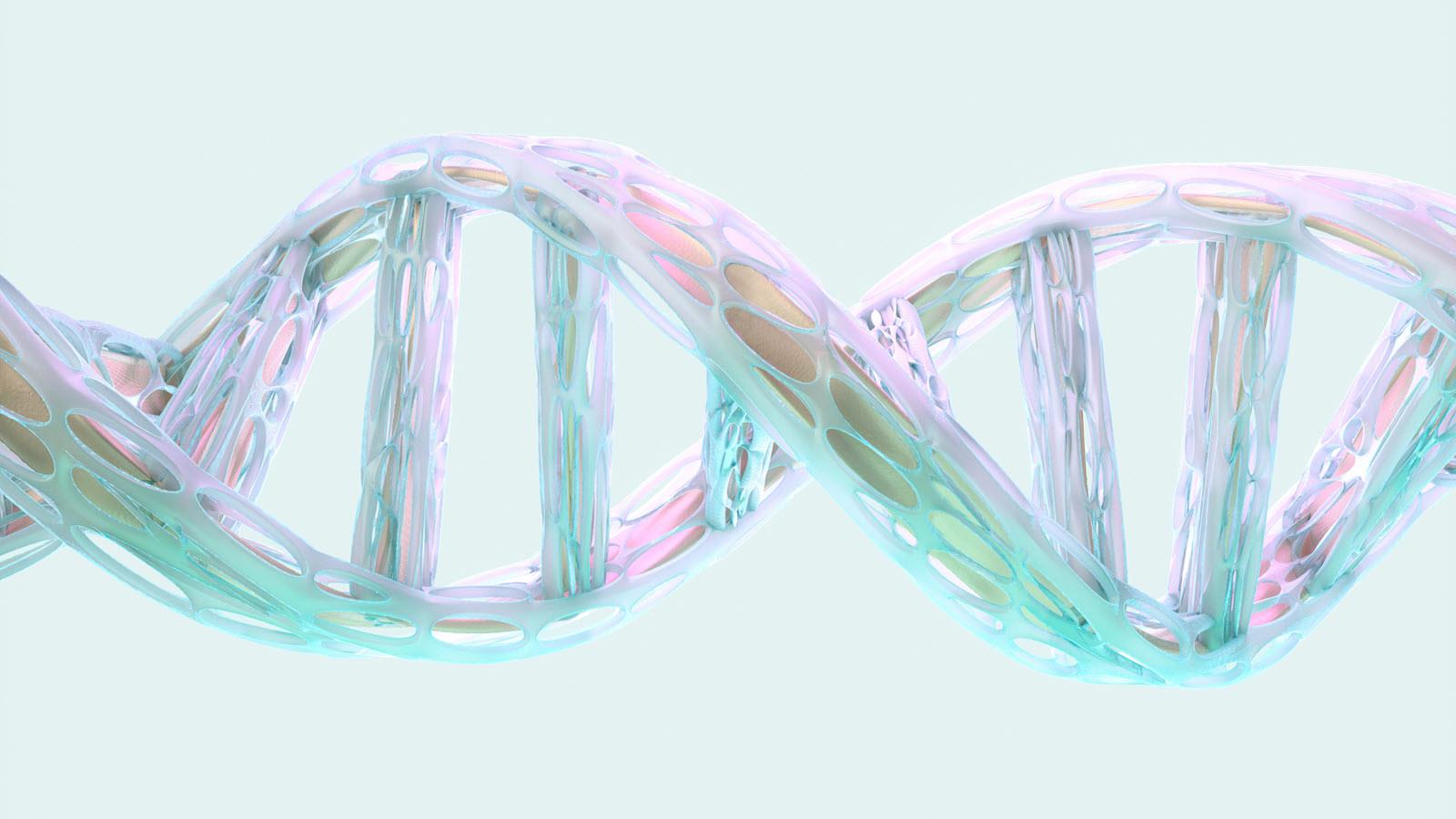A global organization aiming to improve and sustain care for people with inherited bleeding disorders.
What is Hemophilia B?
Hemophilia B (or Christmas disease) is less common than hemophilia A and results when the person does not have enough clotting factor IX. Although hemophilia B is usually inherited, about one third of cases are caused by a spontaneous mutation in the person’s own genes.
Hemophilia B affects about 1 in 20,000 people and is diagnosed by taking a blood sample and measuring the level of factor activity in the blood.
Hemophilia B can be mild, moderate, or severe, depending on how much clotting factor is in an affected person's blood. However, approximately two thirds of people have moderate to severe hemophilia B. People with hemophilia B have prolonged bleeding after an injury, surgery, or tooth extraction. In severe cases, they may bleed once or twice a week and often the bleeding is spontaneous, which means it happens for no obvious reason. Serious complications can result from bleeding into the joints, muscles, brain, or other internal organs. In mild cases of hemophilia B, the disorder may remain unknown until after a surgery or serious injury.
Treatment for hemophilia B is very effective and with appropriate treatment and care, people with hemophilia B can live perfectly normal lives. The main treatment is called replacement therapy, during which clotting factor IX is infused into a vein either prophylactically (preventatively) or on-demand to prevent or treat bleeds.
Patient Journey: Hemophilia and Gene Therapy Treatment
This short animation tells the story of a family whose son lives with hemophilia. It talks about the treatment options over his lifetime and how he ultimately makes a decision to try a new gene therapy for hemophilia.
Watch video




